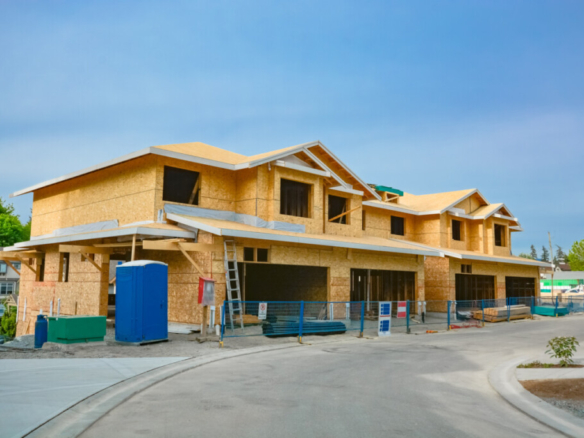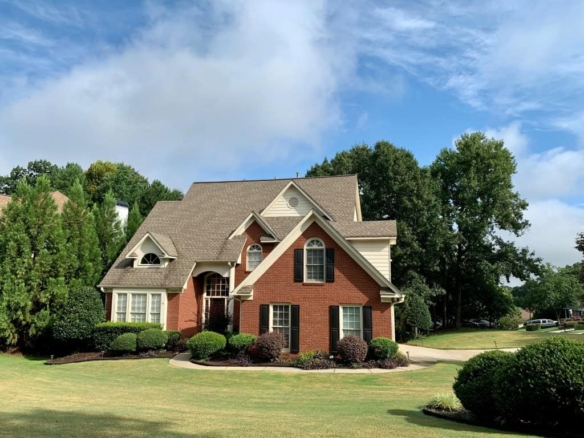
When buying a home, saving for a large down payment can be one of the biggest hurdles. That’s where an FHA loan can make a difference. Backed by the Federal Housing Administration (FHA), this type of mortgage helps first-time and moderate-income buyers qualify for homeownership with flexible credit requirements and a lower down payment.
In this Redfin article, we’ll explain what an FHA loan is, how it works, who qualifies, and what you should consider before applying. Whether you’re browsing homes in Phoenix, AZ, or searching for homes in Atlanta, GA, understanding FHA loans can help you decide if this mortgage option fits your financial goals.

What is an FHA loan?
An FHA loan is a government-backed mortgage insured by the Federal Housing Administration. While the FHA doesn’t lend money directly, it provides mortgage insurance to approved lenders, meaning if a borrower defaults, the FHA reimburses part of the lender’s loss.
Because of this protection, lenders can offer more flexible qualification standards, such as:
- Lower credit score requirements (often as low as 580 for many borrowers)
- Down payments starting at just 3.5%
- Higher debt-to-income (DTI) limits than conventional loans
This makes FHA loans especially popular among first-time homebuyers and those rebuilding credit.
How does an FHA loan work?
Even though the Federal Housing Administration (FHA) insures the loan, you’ll still work directly with a private lender, such as a bank, credit union, or mortgage company, to apply and make payments.
Here’s how an FHA loan typically works:
- 1. Apply through an FHA-approved lender: You’ll start by applying for pre-approval with an FHA-approved lender. They’ll review your credit score, income, and debt-to-income ratio to determine your eligibility and loan amount.
- Make a low down payment: Most borrowers only need to put down 3.5% of the purchase price if they have a credit score of 580 or higher. Borrowers with lower credit scores (between 500 and 579) may qualify with a 10% down payment.
- Pay mortgage insurance premiums (MIP): All FHA loans require mortgage insurance premiums, which protect lenders if a borrower defaults. There are two parts to MIP.
- Upfront MIP: 1.75% of the loan amount, typically rolled into your mortgage.
- Annual MIP: Paid monthly as part of your mortgage payment, based on your loan amount and term.
- How long you pay MIP depends on your down payment and loan term. If your down payment is less than 10%, you’ll pay MIP for the entire life of the loan. If your down payment is 10% or more, MIP automatically ends after 11 years.
- Choose your loan term: FHA loans are usually available in 15-year and 30-year fixed-rate options, though some lenders may offer adjustable-rate terms.
- Meet FHA property standards: The home you’re buying must serve as your primary residence and meet FHA’s minimum property standards. An FHA-approved appraiser will inspect the property to ensure it’s safe, secure, and structurally sound.
- Close on your loan and make payments: Once approved, you’ll close on the home and begin making monthly mortgage payments that include principal, interest, taxes, homeowners insurance, and MIP.
Borrowers can use FHA loans to buy single-family homes, approved condos, or multi-unit properties (up to four units) as long as one unit is their primary residence.
Types of FHA loans
Not all FHA loans are the same. The Federal Housing Administration offers several programs designed to fit different borrower needs, whether you’re buying your first home, refinancing to lower your rate, or renovating a fixer-upper. Below are the main types of FHA loans and what each one offers.
1. FHA purchase loan
A standard FHA loan designed to help buyers purchase a primary residence with a low down payment. It’s one of the most popular FHA options and is great for first-time buyers or anyone who doesn’t qualify for conventional financing.
2. FHA 203(k) loan
This program combines the cost of purchasing and renovating a home into one loan. It’s ideal for buying fixer-uppers and can fund both minor updates and major structural repairs.
3. FHA refinance loan
Allows homeowners to refinance their existing mortgage into an FHA loan, often to take advantage of lower interest rates or more flexible qualification standards.
4. FHA streamline refinance
A simplified refinancing process available only to current FHA borrowers. It requires minimal documentation, no appraisal in many cases, and can help reduce monthly payments.
5. FHA energy-efficient mortgage (EEM)
Lets borrowers include the cost of energy-efficient upgrades, such as new windows or solar panels, in their FHA loan. It’s designed to lower long-term utility expenses while improving comfort and sustainability.
FHA loan requirements
While FHA loans are more flexible, borrowers still need to meet certain standards. Here’s a quick breakdown:
| Requirement | FHA loan standard |
| Minimum credit score | 580 with 3.5% down payment; 500–579 with 10% down |
| Down payment | 3.5% (with 580+ credit score) |
| Debt-to-income ratio (DTI) | Generally ≤ 43%, though higher may be approved with strong compensating factors |
| Mortgage insurance | Required on all FHA loans – includes an upfront premium and an annual premium paid monthly. If you put down less than 10%, MIP lasts for the life of the loan. If you put down 10% or more, MIP ends after 11 years. |
| Property type | Must be owner-occupied as the borrower’s primary residence |
| Loan limits | Vary by county; generally up to $524,225 in low-cost areas for 2025 (higher in high-cost metros) |
Pros and cons of FHA loans
Pros
- Low down payment: Only 3.5% down with qualifying credit.
- Flexible credit requirements: Ideal for buyers with limited credit history or lower scores.
- Assumable loans: FHA loans are assumable by a qualified buyer with lender and FHA approval, which can be a selling point if rates rise.
- Streamlined refinancing options: Easier and faster for existing FHA borrowers.
Cons
- Mortgage insurance costs: Both upfront and annual premiums are required.
- Property restrictions: Homes must meet FHA appraisal and condition standards.
- Loan limits: May not cover higher-priced homes in expensive markets.
- Primary residence only: You can’t use FHA loans for second homes or investment properties.
FHA loan vs. conventional loan
| Feature | FHA Loan | Conventional Loan |
| Minimum down payment | 3.5% | 3–5% |
| Credit score requirement | 580+ | 620+ |
| Mortgage insurance | Required for all FHA loans (includes upfront and annual MIP). MIP lasts for the life of the loan if your down payment is under 10%, or 11 years if it’s 10% or more. | PMI required if you put down less than 20%, but it can be removed once your loan-to-value ratio reaches 80%. |
| Property standards | Stricter | More flexible |
| Best for | First-time or lower-credit borrowers | Buyers with strong credit and higher down payments |
Key differences explained
While FHA and conventional loans serve similar purposes, they differ in several important ways:
- Mortgage insurance: FHA loans require both upfront and annual mortgage insurance premiums, which usually last for the life of the loan unless you put at least 10% down. Conventional loans charge private mortgage insurance (PMI), but it can be removed once you reach 20% equity.
- Credit requirements: FHA loans are easier to qualify for with lower credit scores — often as low as 580 — while conventional loans typically require at least 620 and may offer lower rates to borrowers with strong credit.
- Down payment flexibility: FHA’s minimum down payment is 3.5%, while conventional loans can start at 3%, but those lowest-down options often require stronger credit and income profiles.
- Property standards: FHA loans require homes to meet strict safety and livability standards. Conventional loans are more flexible, which can make it easier to buy fixer-uppers or unconventional properties.
Both FHA and conventional loans can be great paths to homeownership — the right choice depends on your finances, credit profile, and long-term goals.
How to apply for an FHA loan
- Check your credit score: Ensure it meets FHA minimums.
- Save for a down payment: At least 3.5% of the purchase price.
- Get pre-approved: Apply with an FHA-approved lender to understand your budget.
- Find an FHA-eligible home: The property must pass FHA appraisal standards.
- Submit your application: Provide documentation like income verification, tax returns, and employment history.
Use Redfin’s mortgage calculator to estimate how much you can afford and see how your payments could vary with an FHA loan.
Loan terms and qualification standards can vary by lender, so it’s best to compare offers and confirm all details with an FHA-approved lender or mortgage professional.
Frequently asked questions about FHA loans
1. Can you get an FHA loan more than once?
Yes, you can have multiple FHA loans over your lifetime, though typically only one at a time unless you meet specific exceptions.
2. How long do you pay FHA mortgage insurance?
If your down payment is less than 10%, you’ll pay MIP for the life of the loan. If it’s 10% or more, MIP ends after 11 years.
3. Are FHA loans only for first-time buyers?
No. Anyone who meets the requirements can qualify, though many first-time buyers find them most helpful.
4. Can you use gift funds for the down payment?
Yes, FHA allows down payments to come from family gifts, grants, or employer assistance programs.
The post What Is an FHA Loan and How Does It Work? appeared first on Redfin | Real Estate Tips for Home Buying, Selling & More.





Join The Discussion